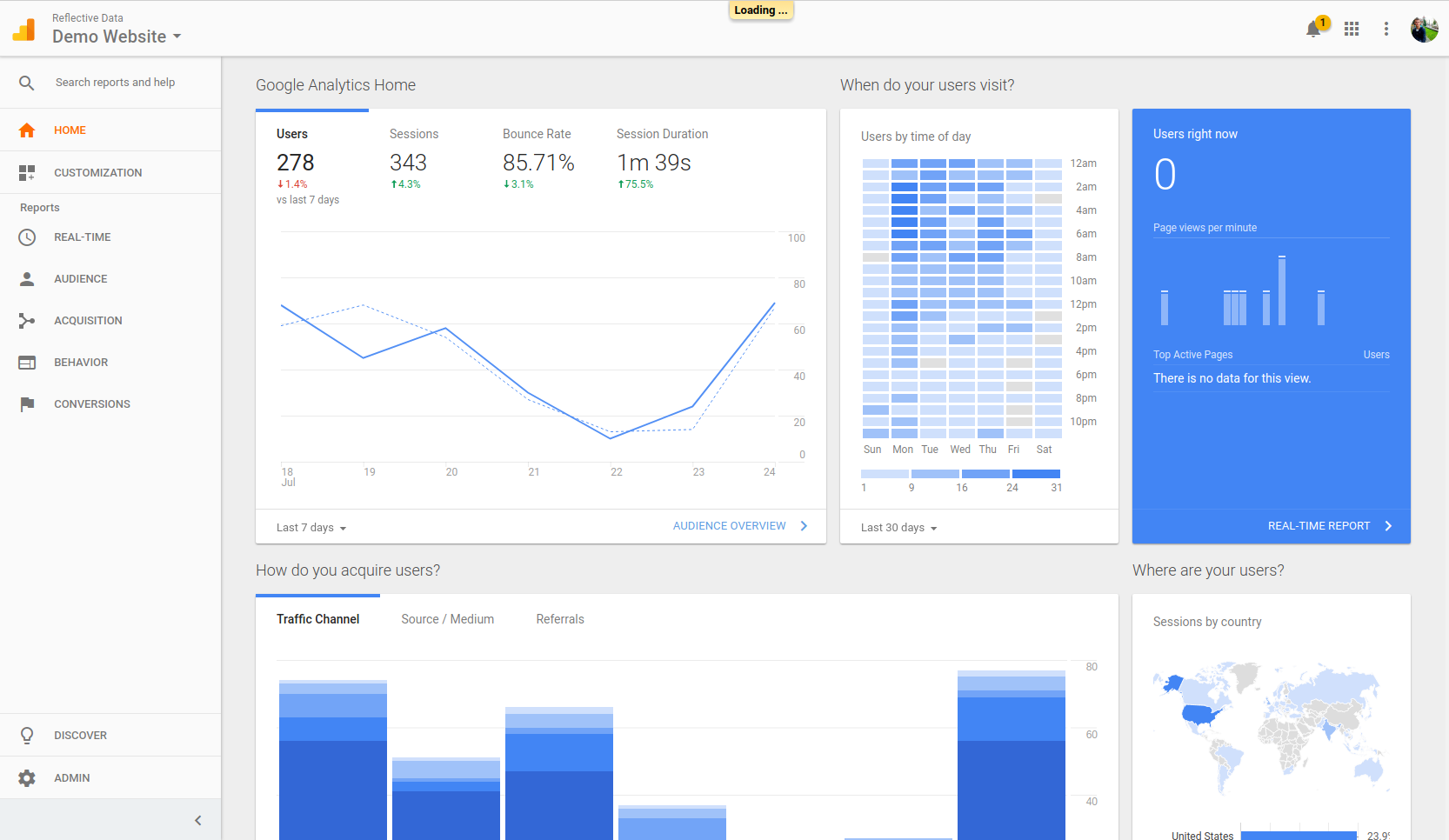The Duty of What is a "Dimension" in Google Analytics: An In-depth Explanation
The Duty of What is a "Dimension" in Google Analytics: An In-depth Explanation
Blog Article
Transform Your Data Analysis With Specialist Tips on Google Analytics Capacities
Enhancing your information evaluation abilities through Google Analytics measurements can be a game-changer in deciphering the ins and outs of customer interactions and online website traffic. By purposefully leveraging these measurements, you can get useful understandings that pave the way for educated decision-making. The detailed web of data factors waiting to be checked out holds the crucial to unlocking a bonanza of information that could transform your understanding of digital performance. With expert ideas and techniques in utilizing Google Analytics measurements, a world of untapped potential beckons, promising a deeper understanding of your online environment.
Understanding Google Analytics Dimensions
Google Analytics Dimensions play an essential role in offering important understandings into the efficiency of a website or online system. Dimensions are qualities of information that allow you to segment and arrange your analytics information.
Measurements categorize data right into different teams, such as website traffic resources, individual demographics, actions, and innovation used. This segmentation enables companies to identify patterns, fads, and possibilities for optimization. Understanding the various measurements offered in Google Analytics is necessary for analyzing information accurately and making notified decisions to boost internet site efficiency and individual experience.
Selecting the Right Dimensions
Choosing the ideal measurements in your Google Analytics configuration is an important element in effectively evaluating and translating information. Dimensions in Google Analytics describe the characteristics of your data, such as resource, medium, tool kind, or geographic place. When selecting dimensions, consider what specific insights you intend to acquire from your data analysis.

It is necessary to select measurements that line up with your company objectives and the concerns you seek to respond to. By choosing the best dimensions, you can boost the depth and accuracy of your information evaluation, resulting in even more enlightened decision-making and actionable insights.
Using Custom-made Capacities Properly
When intending to delve much deeper into certain data factors beyond the basic measurements offered by default in Google Analytics, utilizing custom measurements can provide a customized technique to tracking and analyzing unique metrics. To successfully utilize personalized measurements, it is essential to plan and apply them attentively, guaranteeing they line up with your data and purposes evaluation requires. Frequently evaluating and improving your custom dimensions based on transforming company needs is essential to making the most of the value they bring to your Google Analytics information analysis efforts.

Advanced Strategies for Measurement Analysis
For thorough information evaluation and gaining important understandings from your Google Analytics records, understanding advanced methods for measurement evaluation is crucial. Advanced techniques for dimension analysis include diving deeper into the information to reveal even more thorough insights. One such technique is segmenting dimensions to create more targeted analysis. By combining multiple dimensions, such as web traffic resources and individual demographics, you can get a far better understanding of just how various sectors of your audience behave on your site.
One more innovative technique is using personalized reports to examine dimensions across different metrics. This enables you to contrast and contrast how particular dimensions effect different aspects of your website efficiency. In addition, leveraging the power of second measurements can supply additional context to primary dimensions, supplying an extra extensive sight of your data.

Improving Data Visualization With Measurements
To enhance the understanding and interpretation of data gathered with Google Analytics, enhancing information visualization with measurements is a critical strategy. Dimensions in Google Analytics provide descriptive characteristics of data, allowing individuals to section and arrange information for clearer understandings.
Improving information visualization with measurements not only simplifies the presentation of data but my sources also help in making informed choices based upon the evaluation. Graphes use a fast and intuitive means to grasp essential metrics and performance indicators, helping with communication and partnership within a company. By including dimensions right into data visualization strategies, companies can open the full possibility of their Google Analytics data and drive data-informed strategies for development and optimization.
Final Thought
To conclude, mastering Google Analytics dimensions is crucial for opening useful understandings and boosting decision-making. By carefully selecting dimensions lined up with essential performance signs, using personalized dimensions successfully, and applying innovative techniques such as segmentation and additional measurements, you can reveal patterns in individual actions and website traffic sources. Improving information visualization with clear representations of searchings for will further assist in translating complex information and driving efficient development approaches.
When aiming to dive deeper into certain data factors past the basic dimensions provided by default in Google Analytics, making use of custom dimensions can provide a tailored approach to tracking and analyzing special metrics. Furthermore, leveraging the power of secondary dimensions can give additional context to main measurements, providing a much more comprehensive view of your data.
To improve the understanding and interpretation of information gathered with Google Analytics, enhancing data visualization with dimensions is a strategic method (what is a “dimension” in google analytics?). By integrating dimensions into information visualization strategies, organizations can open the complete possibility of their Google Analytics data and drive data-informed strategies for growth and optimization
By carefully picking dimensions lined up with key performance indicators, utilizing custom measurements successfully, and applying innovative methods such as segmentation and secondary measurements, you can check that discover patterns important link in individual habits and website traffic resources.
Report this page